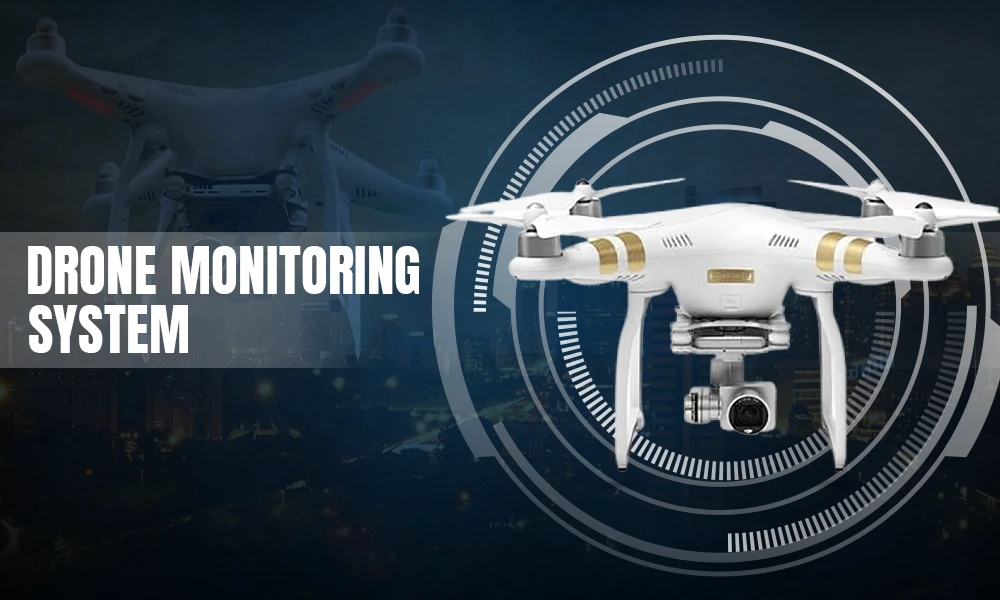Python vs Java: Pros and Cons. What Language to Use

Today, in the golden age of technology, almost everyone uses gadgets. Most people have their own personal computer, laptop, or small tablet. However, no gadget will work without special software. The operating system is a specific set of programs that control the work of a device. There are also applications that do not control computer processes but perform only certain functions. You will not be able to go online without your favorite Google Chrome or the well-known Opera browser. You will also not be able to create a college essay without Microsoft Word or see your distant relative without Skype.
We all use programs. But few people know that hundreds of programmers worked on the development of each of them for many years. Computer programs have a complex internal structure and multifaceted writing process. Each program is created by using a specific programming language, that is a notation system that describes an action or algorithm of actions that software must perform.
There are a great variety of programming languages today. Each of them performs certain functions. For example, the NTML language is designed to create web pages and populate them. Java is usually used to write applications for smartphones with the operating system Android. The Python language is quite popular among web programmers and creators of Linux-based operating systems. It is widely used for writing applications for PC.
In this review, we will compare Java and Python and consider Python vs Java differences. Try to read the material below carefully.
General Characteristics of Python
Python is a well-known interpreted high-level object-oriented programming language. Its development began in the late 1980s by Guido van Rossum, an employee of the Dutch CWI Institute. The Python programming language has three dialects: 1.7, 2.7, and 3.6. The first version is no longer supported, but the second was developed very successfully, so it is still used in software development.
Python is a stable and widespread language. It is widely used by companies such as Google, Yandex, Mail.Ru, etc. Well-known programs such as Blander and DropBox are written in this language. It was also used in the creation of Ubuntu and the world-famous game World of Tanks.
The main features of the Python language:
- Work with XML/HTML files;
- Work with HTTP requests;
- GUI (graphical interface);
- Creation of web scripts;
- Work with FTP;
- Work with images, audio, and video files;
- Robotics;
- Programming of mathematical and scientific calculations, etc.
In fact, Python is suitable for many day-to-day tasks, whether it’s backing up, reading email, or playing games. The simplicity and versatility of Python make it one of the best programming languages today. The Python programming language is practically unlimited, so it can also be used in large projects.
Python Pros and Cons
The most important Python pros include the following:
- The Python interpreter is implemented on various platforms and operating systems. The first such language was C, but its data types could occupy different memory amounts on different types of machines, and this served as some obstacle in writing a truly portable program. Python does not have this disadvantage;
- Language extensibility. Python compared to Java was originally conceived precisely as extensible. This means that there is room for improvement of the language by all interested programmers;
- The presence of a large number of plug-in modules provides various additional features. Such modules are written in C and in Python itself and can be developed by all sufficiently skilled programmers like ones from https://jatapp.com/services/dedicated-development-team/. Examples include the following modules: Numerical Python, Tkinter, OpenGL;
- One of the key advantages of Python over Java is that it is included with most Linux distributions and, therefore, can be found on most servers;
- Relatively simple but, at the same time, strict syntax;
- Python is suitable for any programming solution, be it office programs, web applications, GUI applications, etc.
There are also a few Python cons:
- Speed. One of the main drawbacks is its relatively slow execution speed. Python is a fully dynamically typed language with automatic memory management. On the one hand, this can be seen as an advantage. But on the other hand, when developing programs with an increased requirement for efficiency, Python can significantly lose in speed to such programming languages as C/C ++, Java, Go;
- Dynamic typing. Novice programmers may find a dynamically typed language fairly straightforward. But with the growth of the codebase (and this is often an inevitable process in successful projects), it can be very difficult to keep track of the type of data transferred to each other.
How is Java Different from Python: Features of the Java Programming Language
Java is a strongly typed language for object-oriented programming. The creators designed the language to implement the following core principles:
- Simplicity;
- High security;
- Object-oriented orientation;
- Resistance to errors;
- Multithreading;
- Independence from architecture;
- Interpretation;
- High productivity;
- Distribution;
- Dynamism.
Today, the Java programming language is one of the most popular in the world. One of the significant advantages of this language is a flexible security system, due to which the execution of the program is completely controlled by a virtual machine. Any operation that could theoretically exceed the authority of a particular program, such as unauthorized access to certain data, causes an interruption of the program immediately. One of the disadvantages is the lower speed compared to C or C ++. According to some sources, the speed is about twice lower. But with each update of the source code, the speed of Java applications increases.
In defining the Java vs Python difference, it seems appropriate to point out that the biggest advantage of Java is the security of memory because it has no pointers or explicit references to objects. In addition, development speeds in this language are much faster than in low-level programming languages such as C or C ++.
Main Pros and Cons of Java
So, the leading advantages of Java are:
- Object-oriented language;
- High-level language with simple syntax;
- Is the standard for corporate computer systems;
- High safety;
- Platform independence;
- Language for distributed programming and comfortable remote collaboration;
- Multithreading;
- Stability and a large community.
Cons of Java programming language:
- Lack of native design and quality tools for GUI development design;
- Low speed (compared to low-level languages);
- Paid commercial use;
- Verbose and complex code;
- Lack of ability to write code in a non-object-oriented approach.
Python vs Java: Which Programming Language is Better?
The conducted analysis allows drawing some conclusions regarding whether is Python better than Java.
Java and Python are fast, safe, and efficient general-purpose programming languages. Python is dynamically typed. It means eliminating the need to declare the final type of variables and functions during code writing. Thus, their types are found out during program execution automatically. As for Java, this programming language is strongly typed. That is, the final types of variables and functions must be set at the compilation stage. This means that they must be written manually at the time of writing the code.
If we consider these programming languages from a performance perspective, then they are both compiled into bytecode and run on virtual machines. This isolates code from differences between operating systems, making both languages cross-platform.
In terms of application, Python is considered more versatile than Java. Its conciseness brings it a noticeable demand in various fields. Java use cases are not so diverse. It is successfully applied in mobile development for Android and in large enterprise projects focused on business.
So, what is the best programming language to choose? The choice depends on many subjective factors and, therefore, it will be different for everyone. Some people like the strictness and discipline of Java, while others choose the conciseness and simplicity of Python. The scope of application also has a great influence on the choice of language.
Next, Read: Analysis of VMware Certification Framework and System










